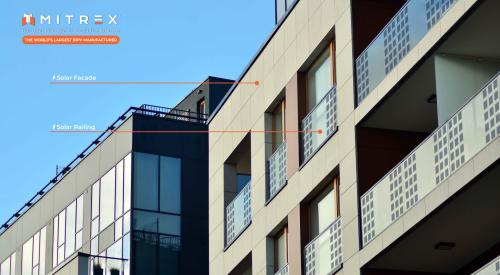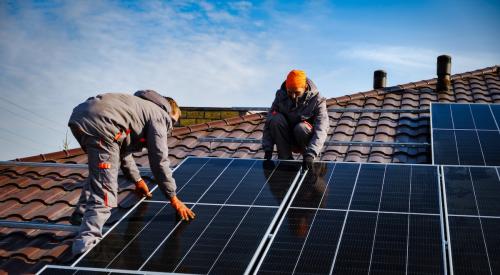Over 750 million people don't have access to electricity at night. Though solar panels are becoming more efficient and affordable, they're still locked into daytime use. Well, until now.
Stanford engineers recently invented a solar panel that generates energy even after the sun sets. This breakthrough feat is accomplished by harvesting energy from the surrounding environment—namely, the Earth's surface.
SOLAR PANEL UTILIZES RADIATIVE COOLING TO GENERATE NIGHTTIME ENERGY
According to the study posted in the journal Applied Physics Letters, the solar device uses the heat that leaks from the Earth back into space. Energy that is on the same order of magnitude as incoming solar radiation.
A solar cell like this is dependent upon a thermal design; one side hot, the other cold.
“You want the thermoelectric to have very good contact with both the cold side, which is the solar cell, and the hot side, which is the ambient environment,” said author Sid Assawaworrarit. “If you don’t have that, you’re not going to get much power out of it.”
According to a demonstration from the team, the panel can also lend extra generated heat from the day into the nighttime power supply. This avoids the requirement of a battery with high storage capacity (as that is currently one of the very few ways to save daylight solar energy for nighttime use).
This early panel build was inexpensive and simple, and bodes well for further iterations of the technology. In it's current state, it generates just enough nighttime energy—50 milliwatts per square meter—to provide standby lighting and power off-grid and mini-grid applications. It may even be enough to charge your smartphone.
It's so simple that the system could be incorporated into already existing solar cells, according to the team.
“None of these components were specifically engineered for this purpose,” said author Shanhui Fan. “So, I think there’s room for improvement, in the sense that, if one really engineered each of these components for our purpose, I think the performance could be better.”
For now, the Stanford engineers say they will continue optimizing the product, and are exploring engineering improvements to the solar cell itself.














